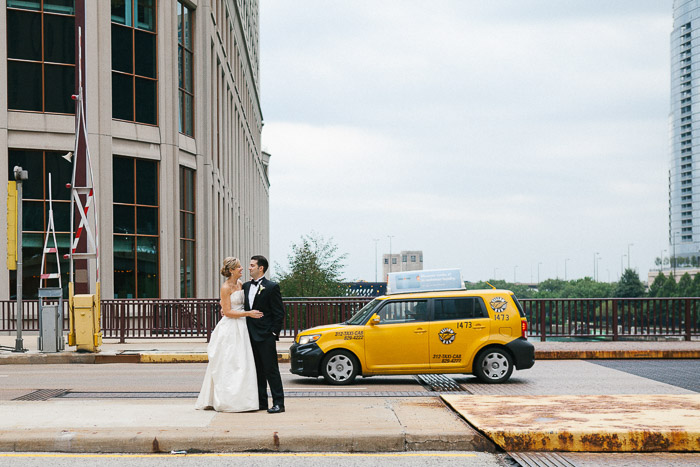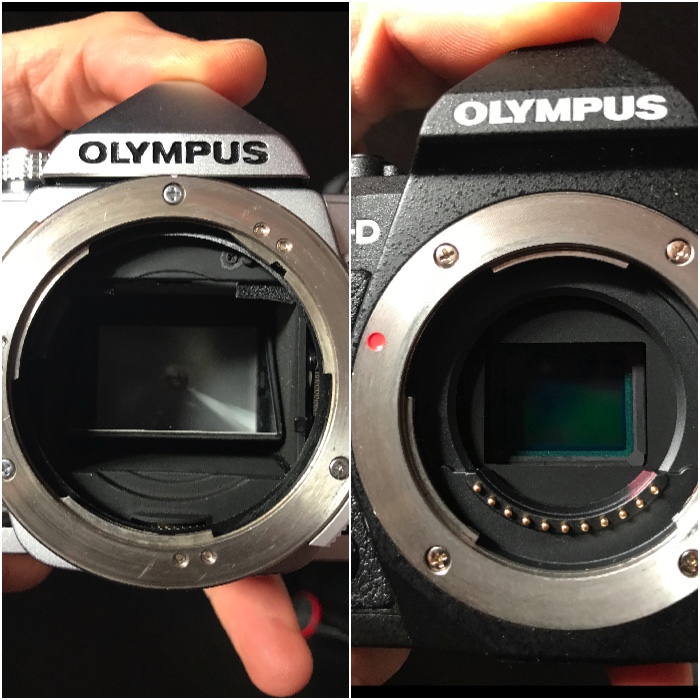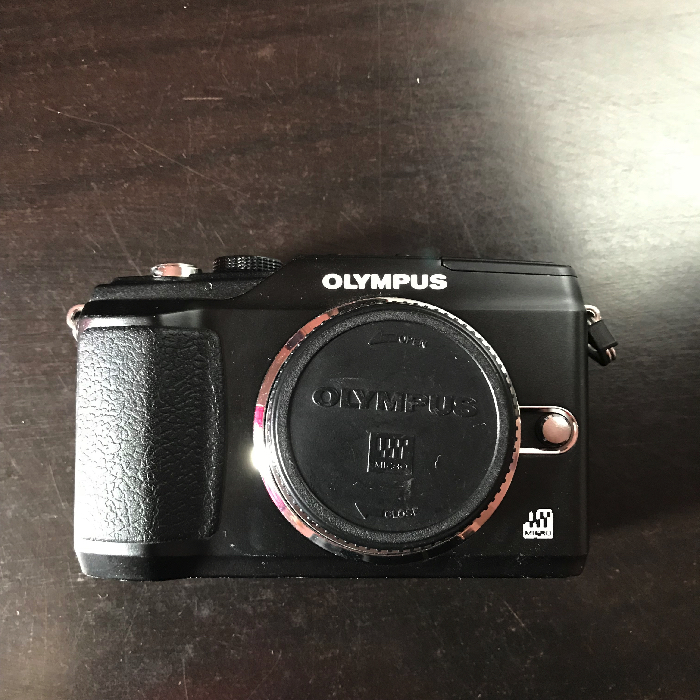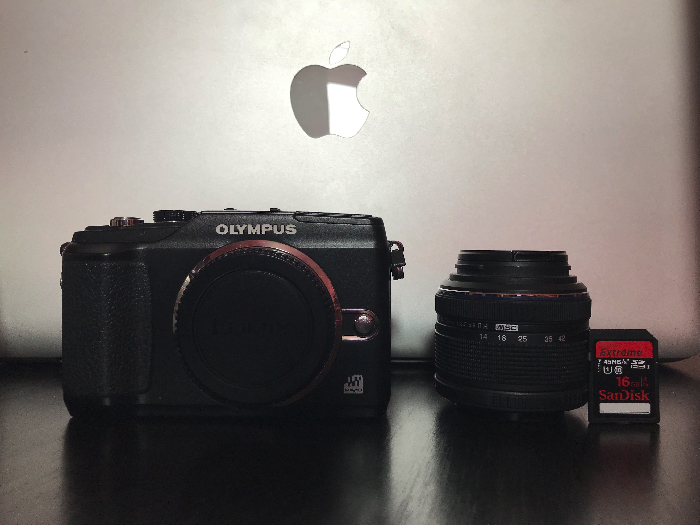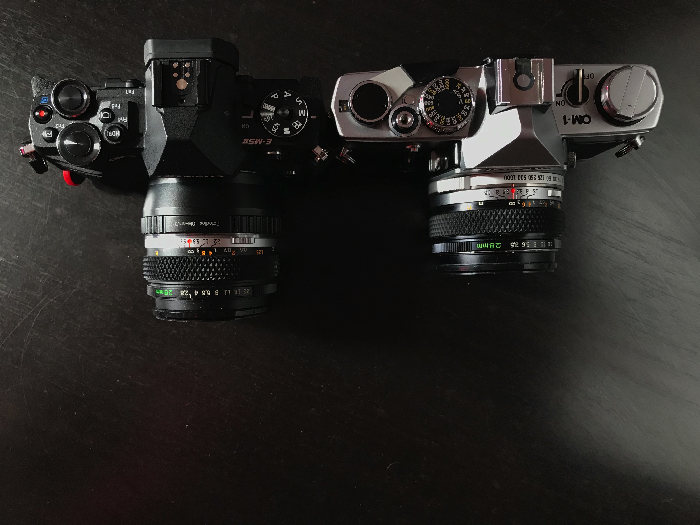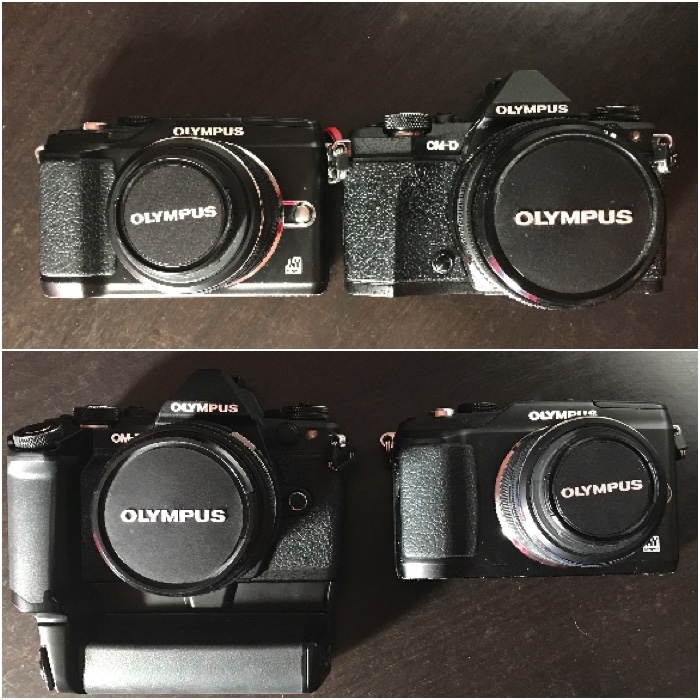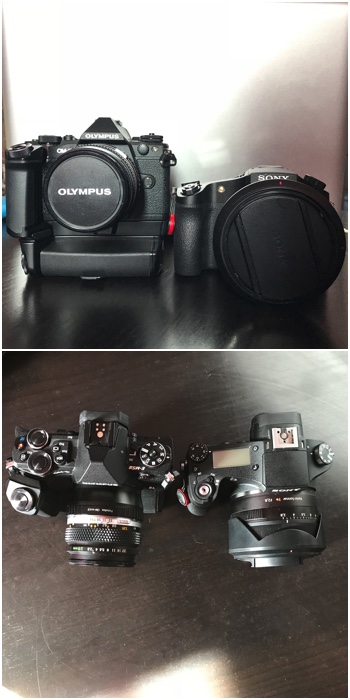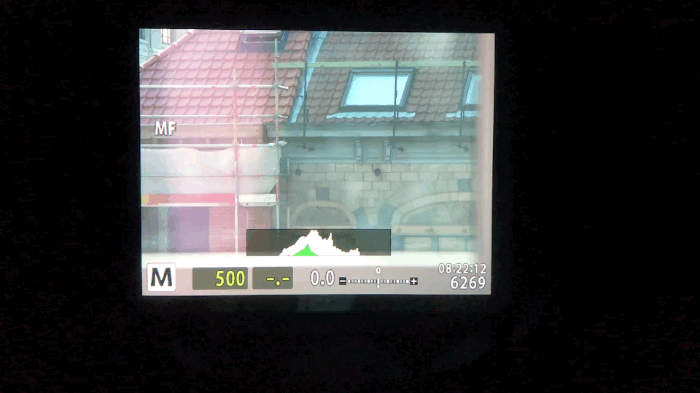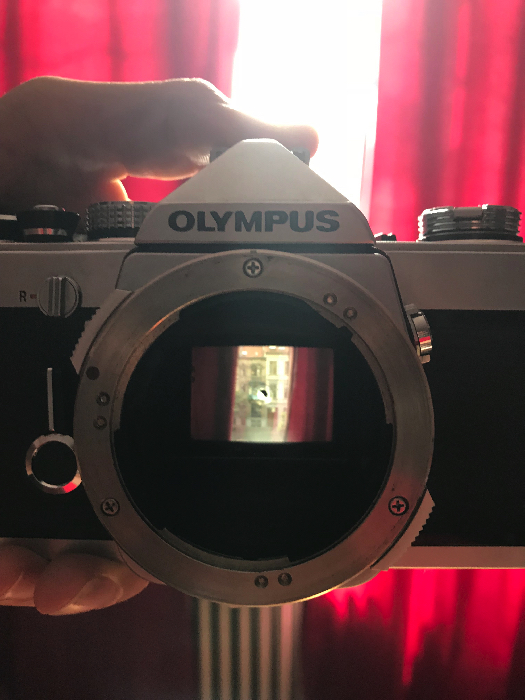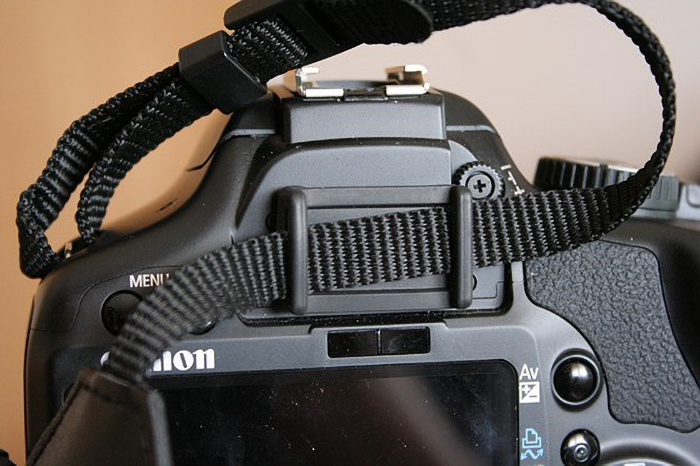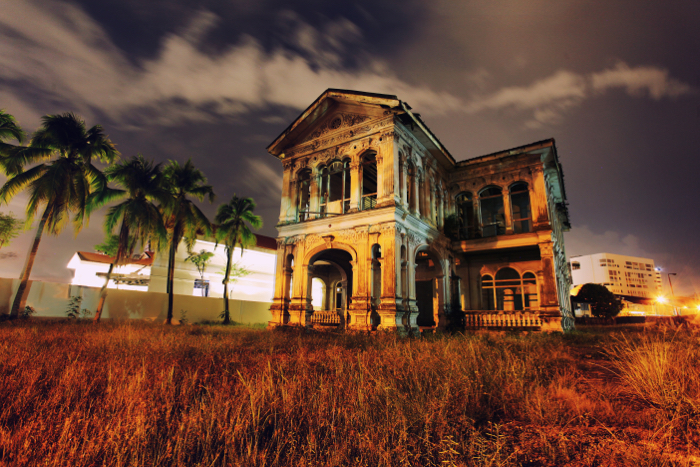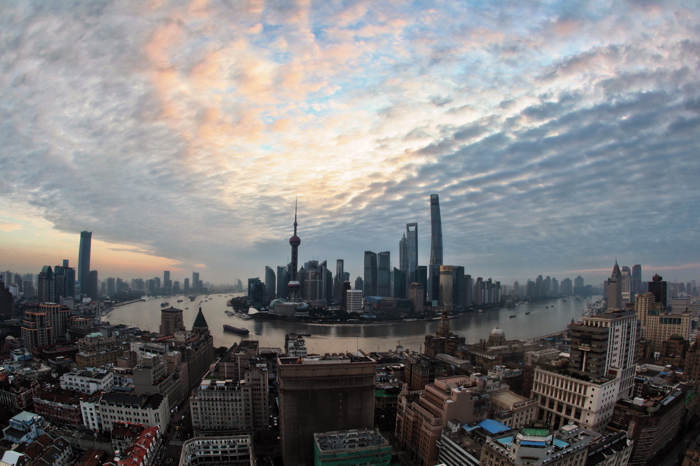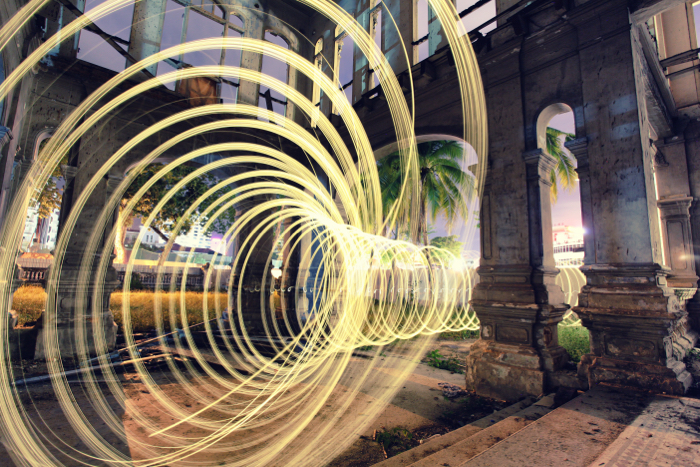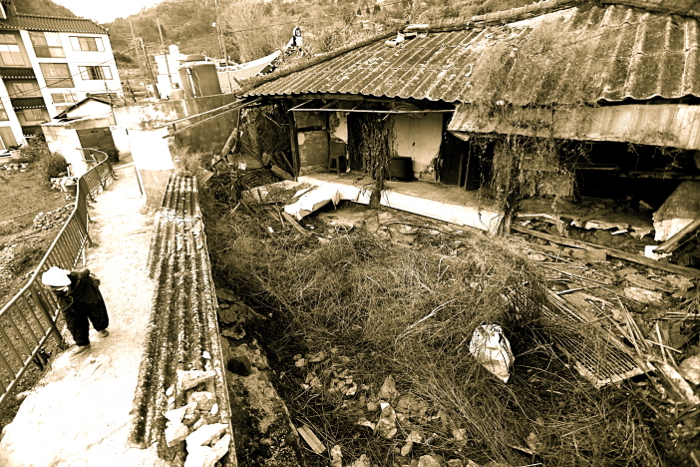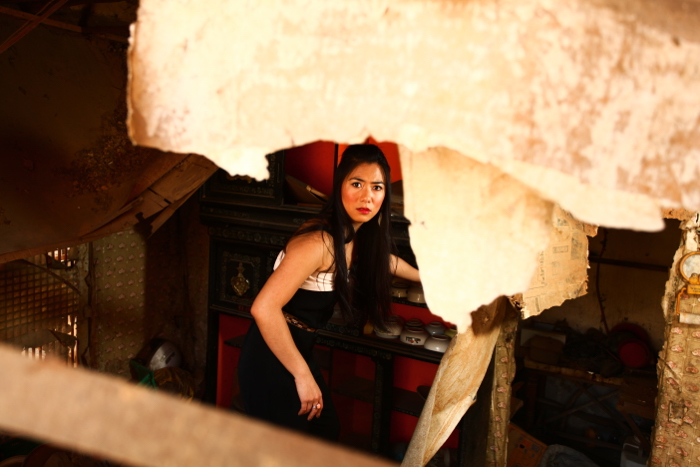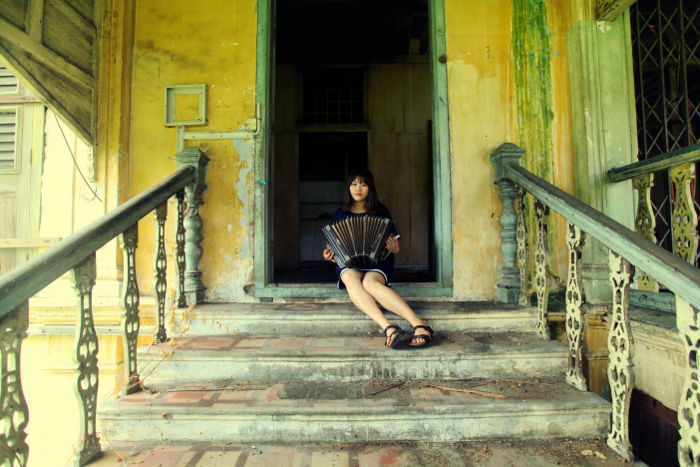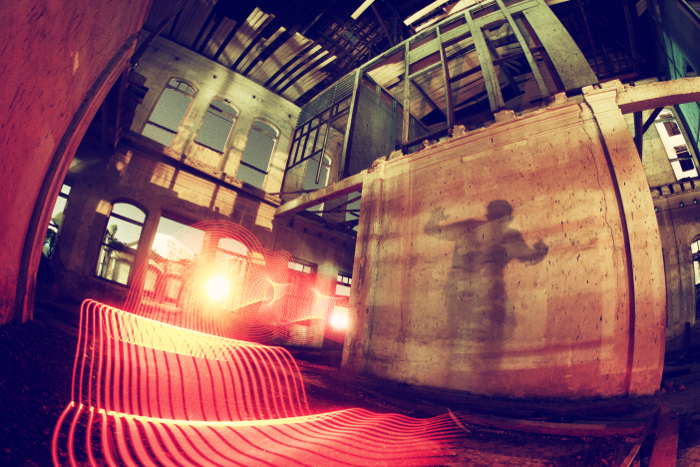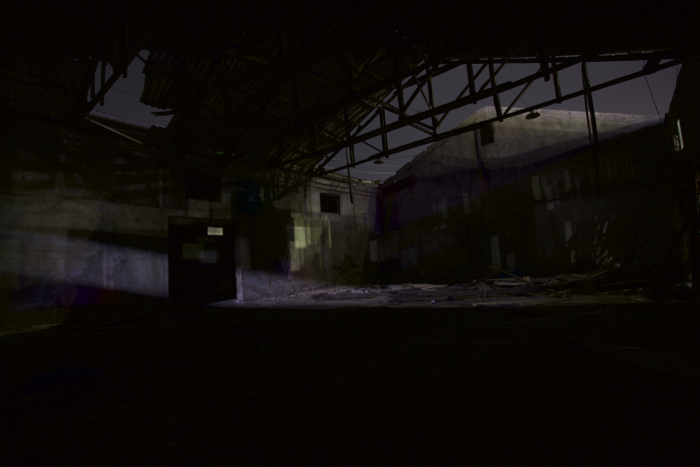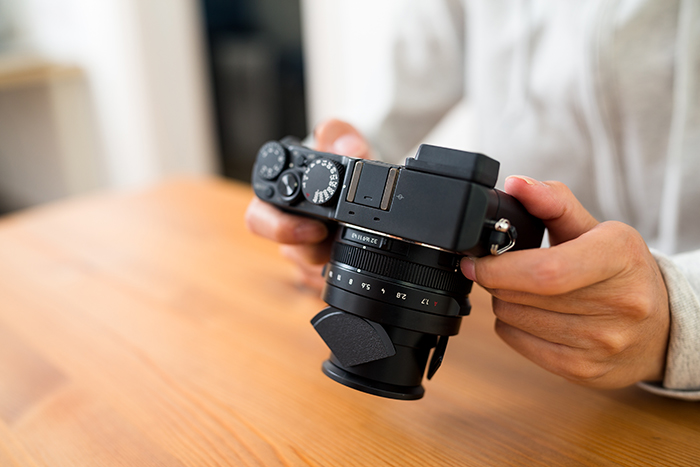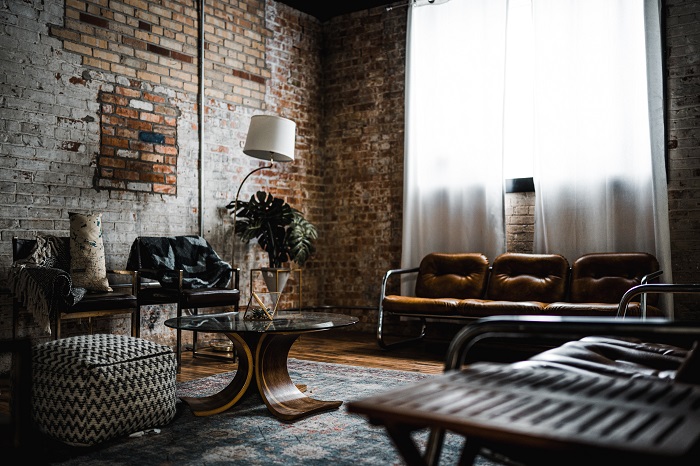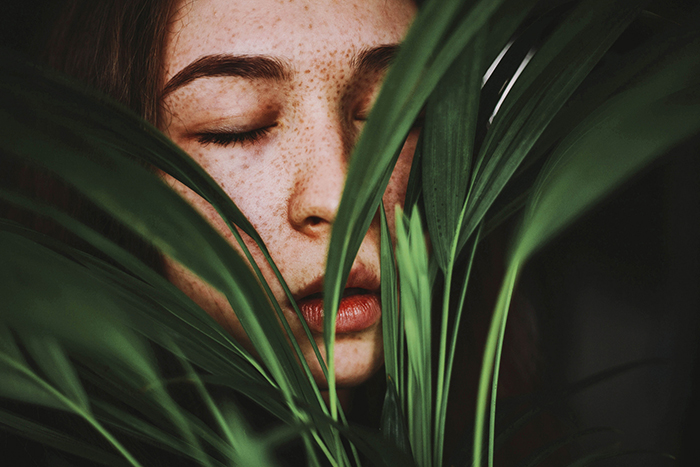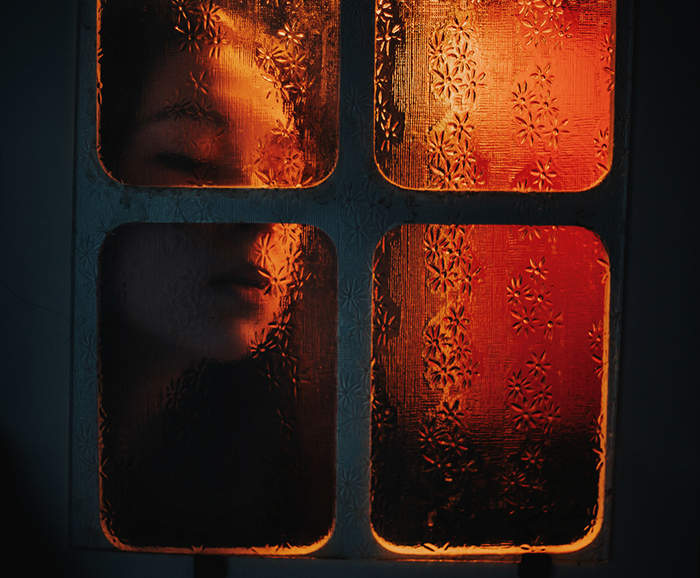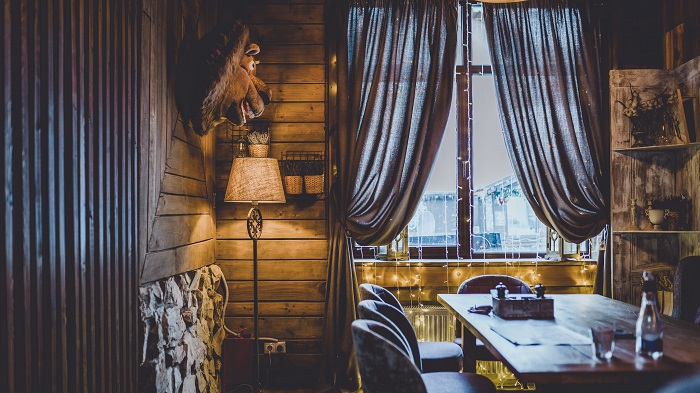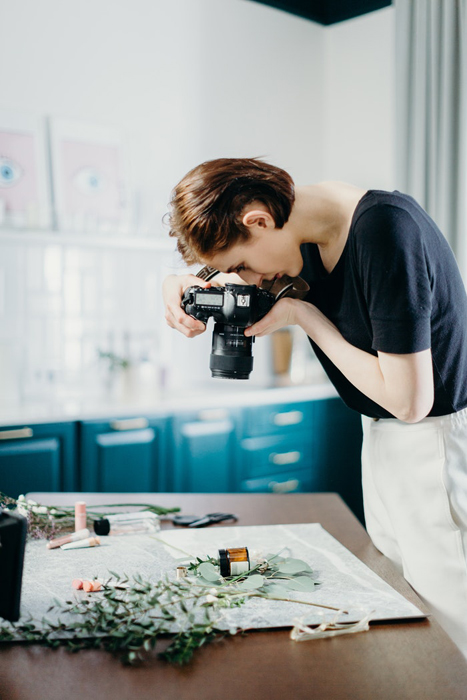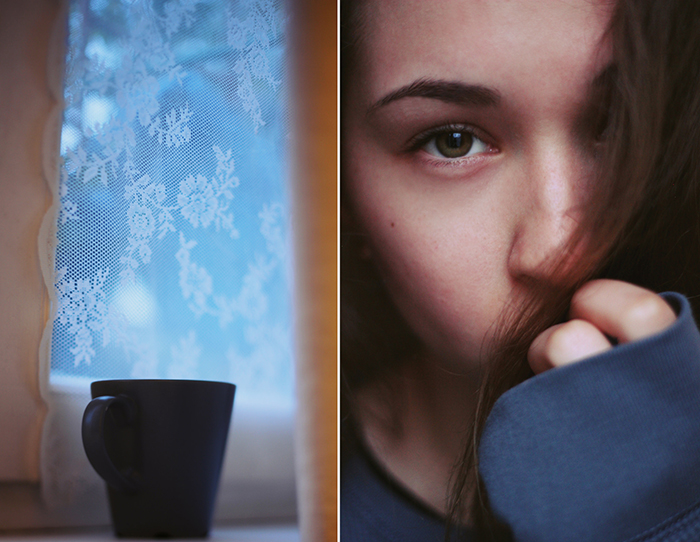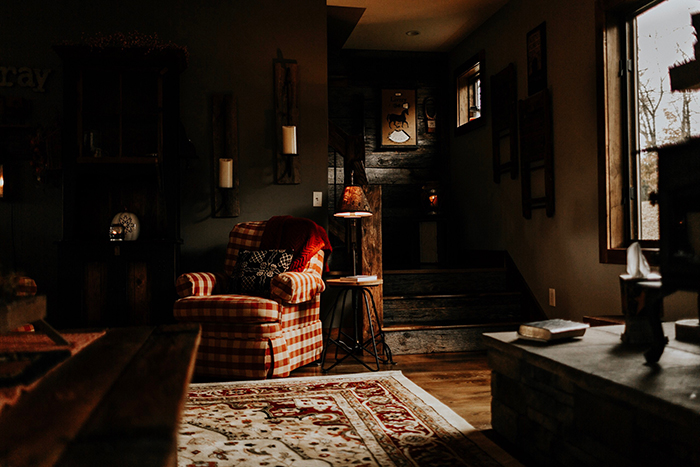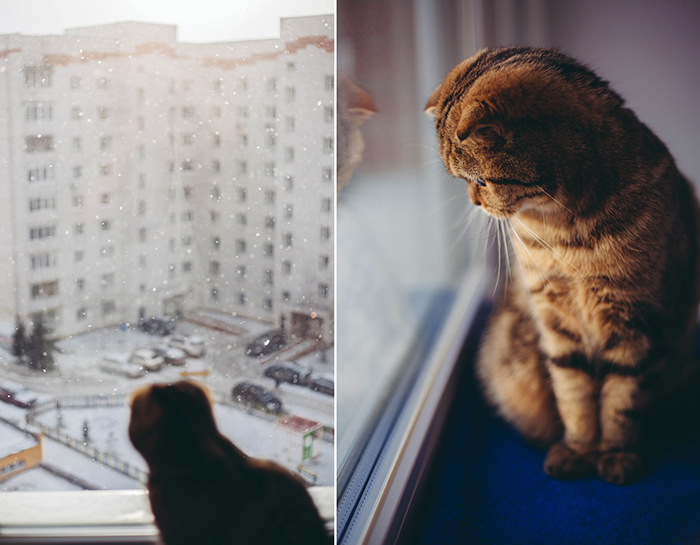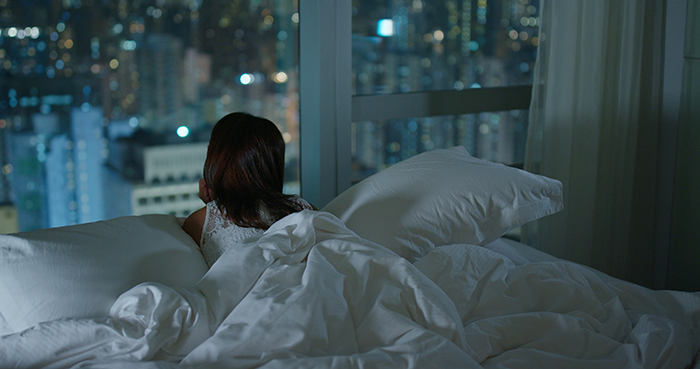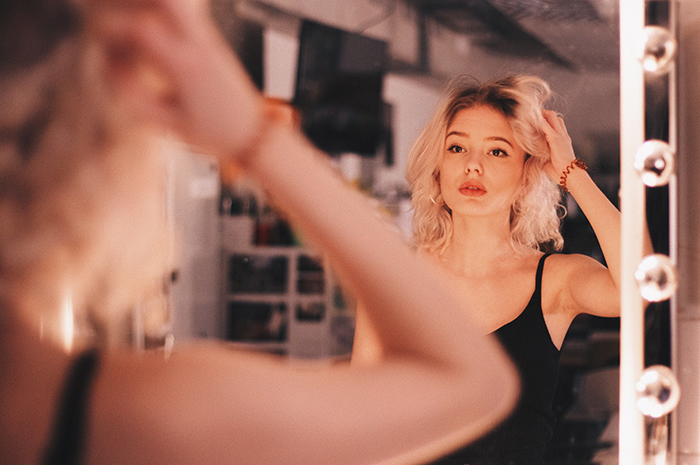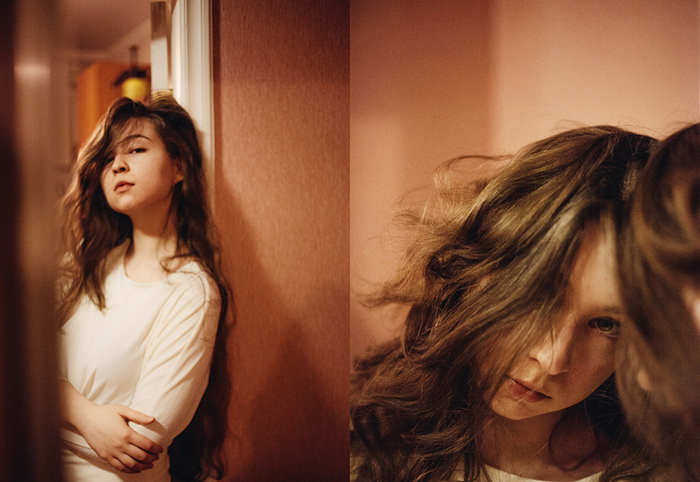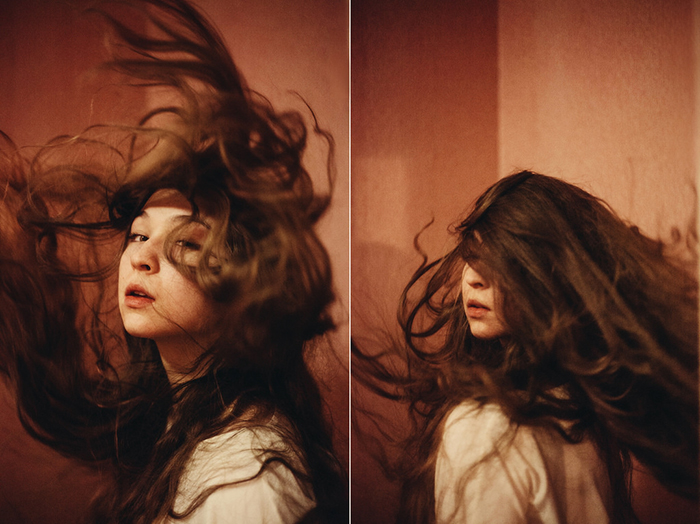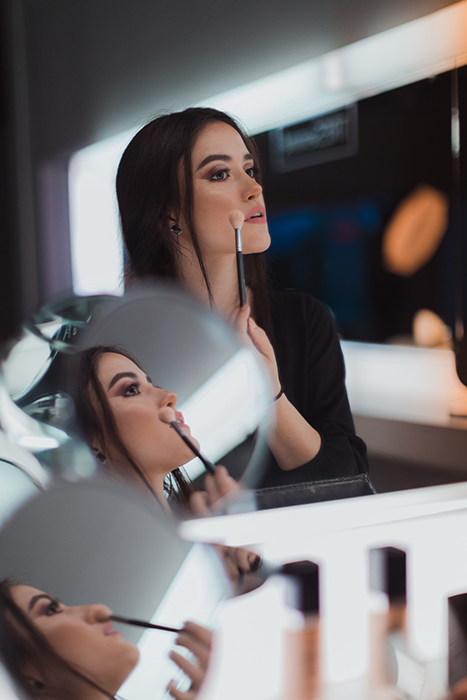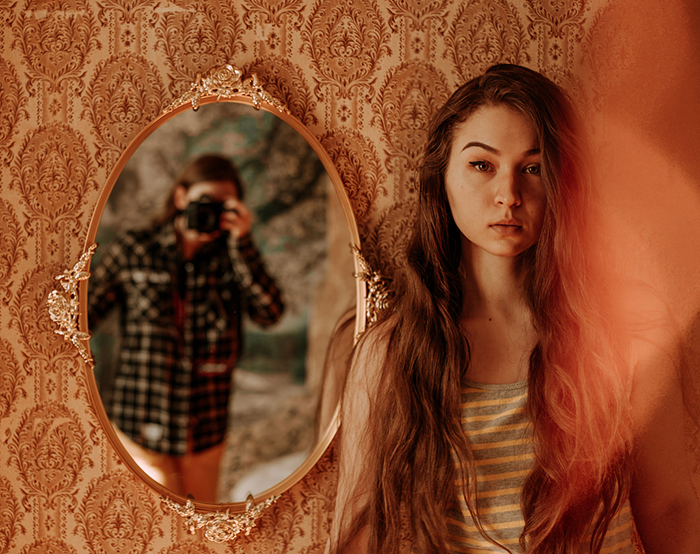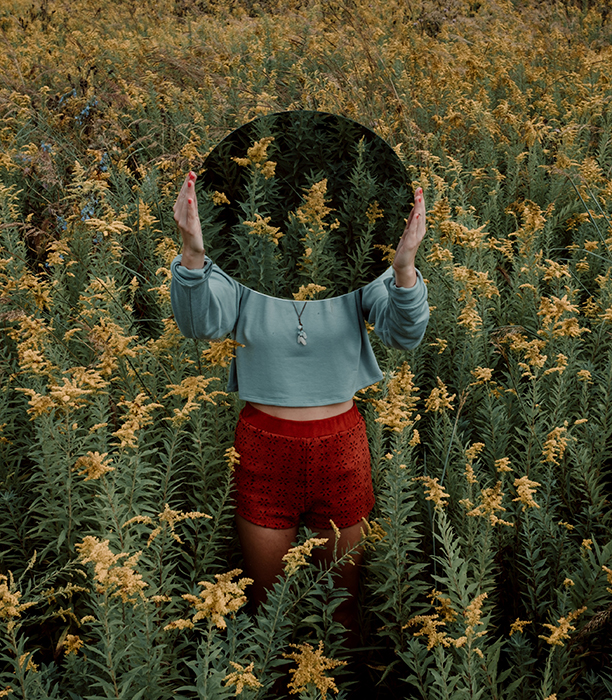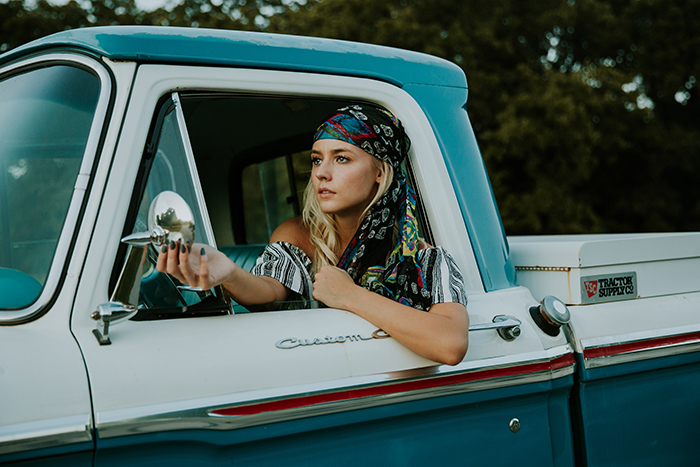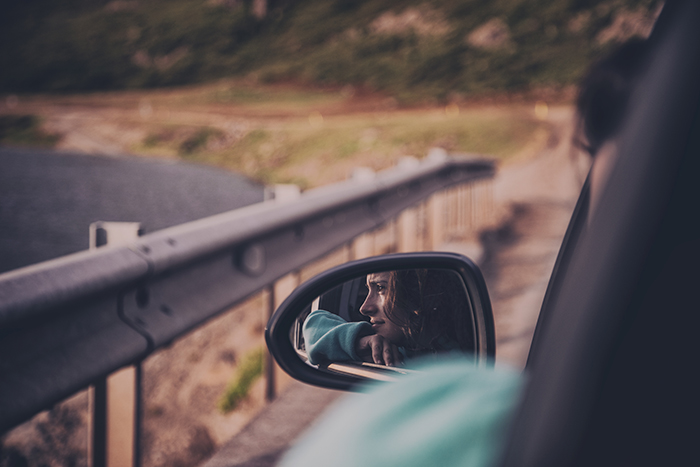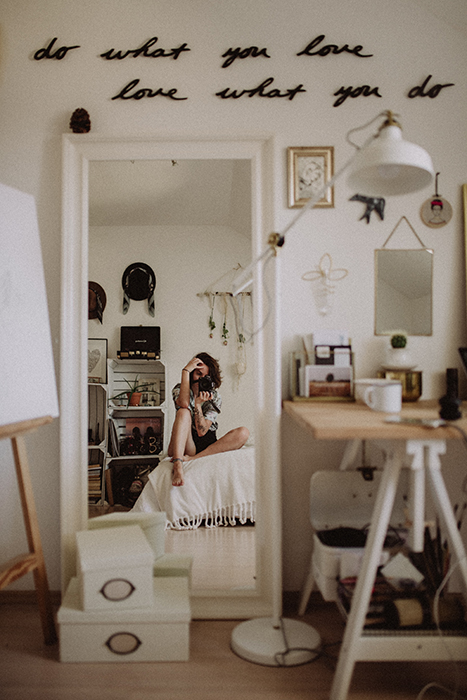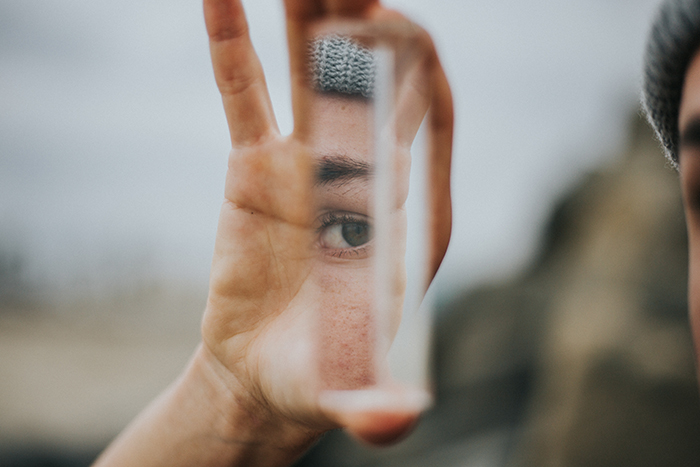12 Best Things About Being a Wedding Photographer
1. You’re Part of Someone’s Special Day
Weddings are truly one of the most special moments in a person’s
life. There is so much emotion all around and people seem to really put
away their differences (for the most part) and come together to
celebrate as a family.
Being surrounded by all that love and warmth is something I really
enjoy. The way a mom’s eyes mist up when she sees her son all grown up
ready to start his own family, that instant when a dad realises that his
little girl is not so little anymore, the first kiss between a married
couple!
What can I say – I am a hopeless romantic at heart and really enjoy
being part of someone’s special day. There is always something going on
and each wedding I photograph is different from the previous one.
You get to spend the day capturing romance, laughter, joy, anticipation, excitement, and many other photographic moments for your clients.
2. Wedding Photography Is About More Than Just Photos
As a wedding photographer, I find myself wearing so many different hats throughout the day. I am working through many different styles of photography like candid shots, family portraits, environmental details, food and florals.
And I’m also using soft skills like relationship building, emotional
support, coordinating family dynamics, easing last minute nerves and
problem solving in a fast paced environment.
Sometimes bridal flowers don’t arrive on time or the bride is missing
her shoes and cannot remember where she put them. A lot is happening and
often at the same time.
My multi-tasking skills have definitely vastly improved since I became a wedding photographer.
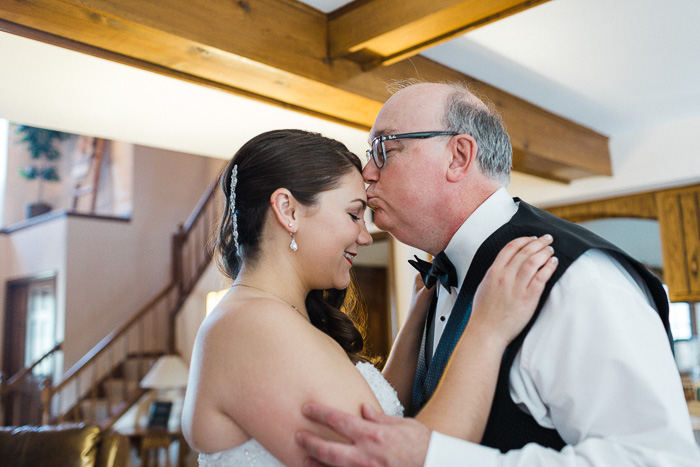
3. You’ll Develop Great Technical Skills
There is so much more to taking a photo than simply clicking the shutter. A lot of things need to align in terms of lighting, composition and subject matter. These are particularly important when you are taking wedding photos.
There have been weddings where I have had the perfect light, location
and couple whereas other times everything that could go wrong, went
wrong. Bad weather forced the ceremony to be moved to an indoor location
with terrible lighting and I had to perfect using multiple off camera
flashes very quickly.
Oftentimes you don’t have the luxury of analysing all the factors at
your own pace. During a wedding, things move very quickly and you have
to react to all that is happening with a sense of urgency.
Wedding days can also be long in terms of hours where you have to be
fully functional both mentally and physically. If anything,
photographing a wedding makes you stronger in terms of your technical,
physical and emotional skills.
Making split-second decisions also become second nature as you learn problem solving skills with so much more confidence.
4. You’ll Recognise Story-Telling Photography Moments More Easily
Weddings are a treasure chest of multiple stories built in throughout
the day. As you photograph a wedding, you learn to recognise when a
beautiful story is being played out right in front of you complete with
characters, outfits, props, emotion and action. You just need to know
where to look.
A father-daughter exchange, a bride reading a letter from her groom, a
mother fixing her daughter’s veil, mother and son sharing a dance –
these are just a few of the wonderful stories that you get to experience
during a wedding.
Making sure you capture all these moments throughout the day will help
you understand the art of visual narration and how to add depth to your
photos so much better.
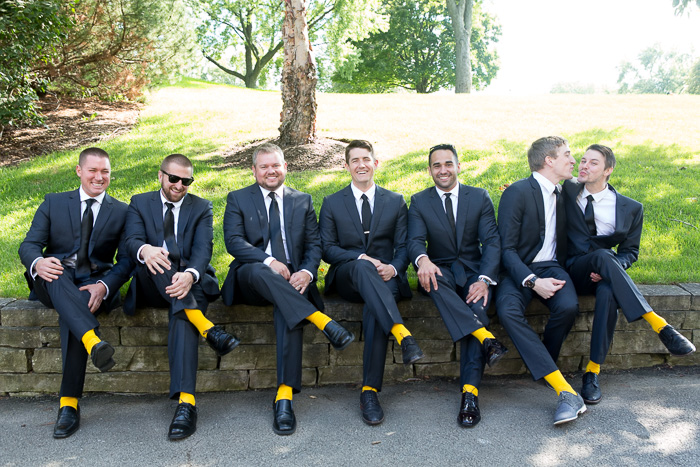
5. You’ll Build Relationships Within the Industry
The wedding industry is comprised of so many incredibly talented
vendors and creatives. A wedding photographer is one of the most
important people at a wedding.
Many of the vendors really look to the photographer to not only capture
the couple with their product and/or service but also to showcase their
work and talent in a professional light. Be good to the vendors you work
with and you will make friends for life.
These people know and understand what it is like to work in the wedding
industry and wedding market, and are always willing to go the extra mile
for colleagues/peers who treat them right.
I have made so many amazing friends in this industry and have enjoyed
building mutually beneficial relationships with many vendors. They are
an amazing source of support, advice, and friendship!

7. You’ll Become More Creative
Wedding photography can be a great way to explore and nurture your creativity.
Doing something different and outside the box will get your work
noticed among many other photographer who might be just happy with the
status quo. Give yourself permission to explore your creativity.
Perhaps get the ‘safe’ shot and then try the same photo in a different
light and technique. This sort of creative freedom of expression is
really great for your growth as an artist.
And brides and grooms are always excited when they get to see themselves in atypical wedding photos.
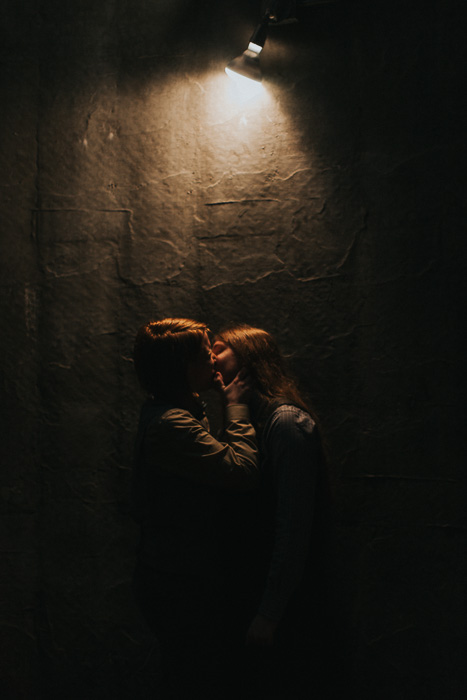
Additionally, no two weddings are ever the same. Work is always interesting and challenging and never mundane or boring.
8. You’ll Have a Diverse Photography Portfolio
If you have been in the photography industry long enough, you know
how competitive the market is. Photography is a field where the barrier
to entry is relatively low based on the easily available technical
education online and the price of an entry level DSLR camera.
It seems like every day thousands of people say they’re a photographer
because they have a camera and took a 1-hour online class.
If you have been doing this for a while, you know that one of the
toughest things about being a photographer is getting a steady stream of
clients.
The good thing with wedding photography is that if you do a good job with a client, they are likely to keep coming back to you for more life events like maternity photos, baby photos, family and friends engagement photography etc.
And they will also refer you to their friends.
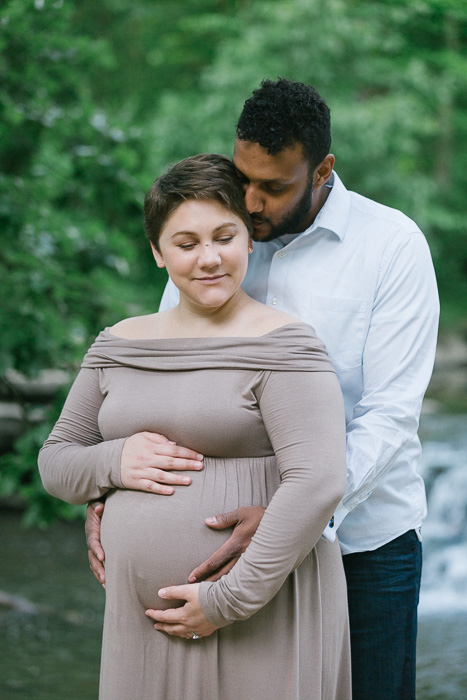
9. You’ll Expand Your Cultural Repertoir
I love photographing weddings of other cultures and traditions that
are different from my own. They help me get insight into people from
other cultures and make me so much more knowledgeable in how they think
and behave.
Plus I get to interact with people from all walks of life and always walk away learning something new.
If you are a destination wedding photographer, then you get to travel the world to do what you love to do – can you think of a better way to earn a living?
Destination wedding gigs are certainly a lot harder to get and take a
lot of work to get your name out there enough to be hired but it is
completely possible.
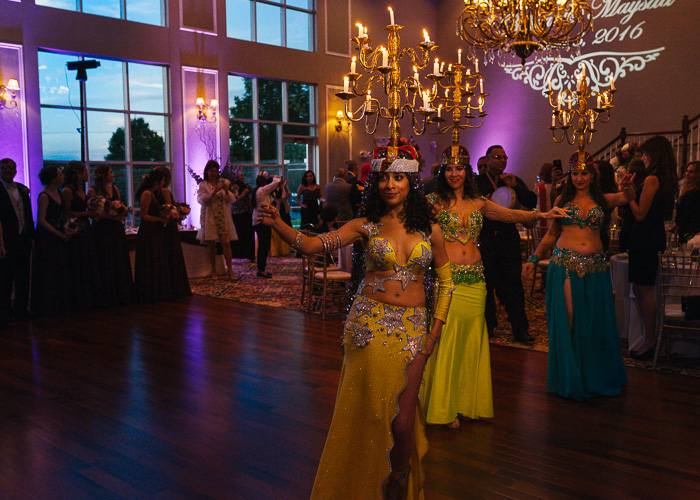
10. You Get to Photograph Happy Moments
People spend many hours preparing and getting ready for their big
day. More often than not, professional hair and makeup is involved,
fancy clothes are worn and people are happy and look beautiful not only
from the outside but also inside.
The joy that radiates from a happy bride and groom is infectious and you
cannot help feel happy and euphoric to photograph them on one of the
most important days of their life.

11. Your Work Can Have a Significant Impact
Take away all the superficial elements for a moment and really think about what wedding photography is all about.
It is the unique opportunity to capture an important day in someone’s
life and give them the gift of freezing that moment in time for all
eternity.
How often have you looked at your parents’ or even grandparents’ wedding
photos and shed happy tears for the joy of being a part of that
experiences via the images. The albums and photos you create for your
clients become treasured family heirlooms that are passed down from
generation to generation.
This intrinsic value is becoming more and more apparent as wedding
photography is trending towards documenting the feelings and emotions of
the special day as opposed to just a traditional wedding portrait taken
in a studio setting.

12. Your Schedule Will be Flexible (Mostly)
In most countries, weddings are very seasonal.
This means that there are some months in the year where you will be
really busy. But other months might be light in terms of photography
work.
This can mean a break from photographing weddings and focusing on other aspects of your business like marketing and networking.
Additionally, if you have a family and kids, this means you can spend
more time at home during the off-season. It can give help you achieve
some work/personal life balance.
Wedding photography is truly an amazing gift that we photographers
give to our clients. Do the best you can to give everyone a great
experience when they have their picture taken. You’ll make people happy
and appreciative of what you can do for them.
Beyond the money, the fame and the creative satisfaction, that’s the most exciting part of being a wedding photographer.
---------------------------------------------------------------------------------------------------------------------
PHOTOGRAPHY FREEBIE:
How to make money with your Photography even if you're not a Pro.
Copy & paste this link into your browser, click ENTER, and enjoy:
https://mrdarrylt.blogspot.com/2020/01/how-to-make-500-month-from-your.html
or
https://www.photography-jobs.net/?hop=darryl54
----------------------------------------------------------------------------------------------------------------------
Visit me on Facebook and post your pictures.
https://www.facebook.com/Darryl-T-363867387724297/
